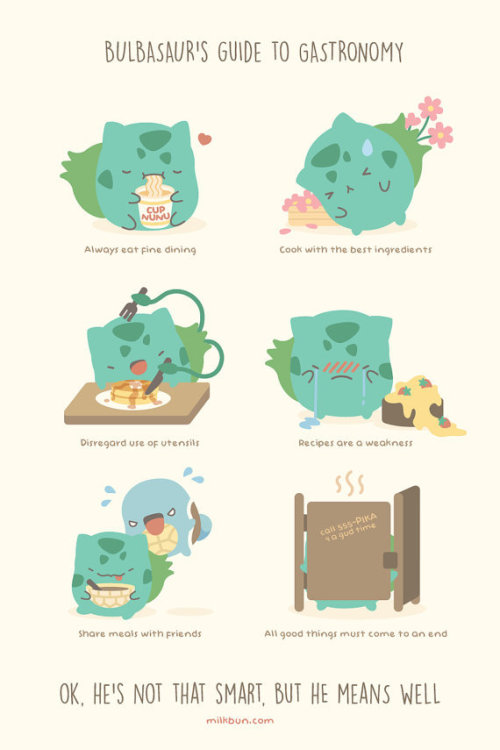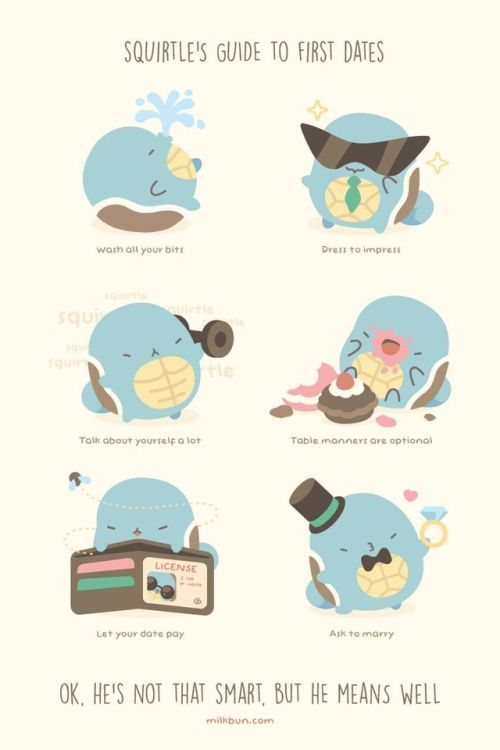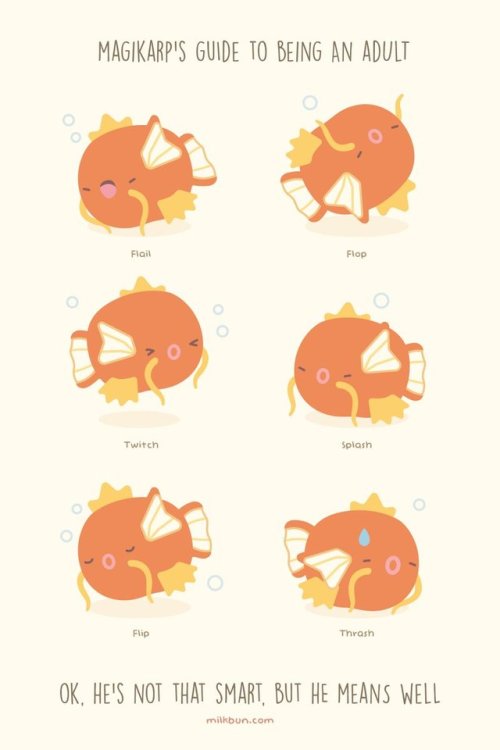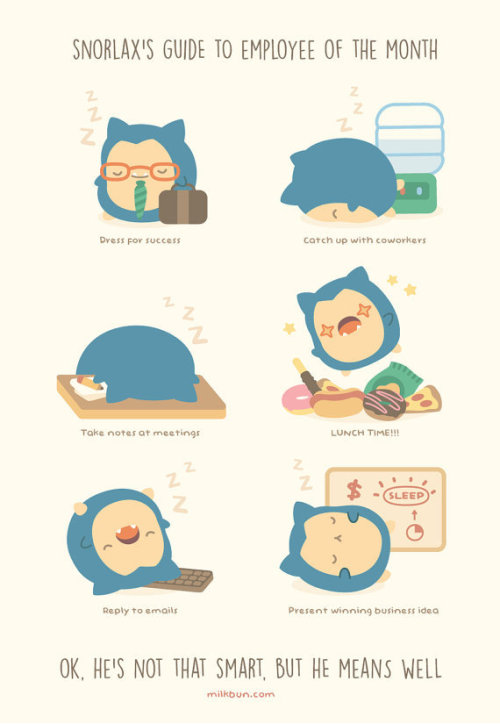LMAO

LMAO
More Posts from Jesseroxursox and Others
i hope manners is the next cool trend








Milkbun created a set of pins based on her “guide to” pokemon comics

#picstitch @dalia_niqqah this is what drugs does to you so don't do them 💊💉🚬😝😝Jk (Taken with Instagram)











If you guys want me to bait someone for free , THIS THE WAY TO DO SO ! SEND A FACE PIC AND A SNAP USERNAME AND ILL DECIDE FROM THERE ! reblog to spread the word I mean .. it’ll benefit all of us in this baiting game 😜










Photography by Rosie Hardy
Rosie Hardy is a photographer based in Derbyshire, UK. She first got into photography when she was 16 years old and hasn’t stopped since. Her career took off when her Project 365 self-portraits on Flickr garnered so much attention that bigger clients such as the popular band Maroon 5 contacted her for their album cover. Other clients include Samsung (UK), Universal Music Group, Penguin Book Publishers (USA) and more.
To see more of Rosie’s work, visit her website and Instagram.
Enjoy past photography features and follow us on Facebook and Instagram.
posted by tu recepcja

The smallest incubus saves the tall ones from tiny scary creatures
Sodom belongs to @isharton
Solar System: Things to Know This Week
Not to be—ahem—eclipsed, the Perseids meteor shower peaks annually in mid-August and is considered the most popular meteor shower of the year.
This week, 10 things you need to know about this beautiful nighttime show and how to catch a front-row seat.
1. Light in August

In this 30 second exposure, a meteor streaks across the sky during the annual Perseid meteor shower Friday, Aug. 12, 2016 in Spruce Knob, West Virginia. The Perseids show up every year in August when Earth ventures through trails of debris left behind by an ancient comet. Image Credit: NASA/Bill Ingalls
With very fast and bright meteors, Perseids (pronounced PURR-see-ids) frequently leave long “wakes” of light and color behind them as they streak through Earth’s atmosphere. Perseids are one of the most plentiful showers, with between 50-100 meteors seen each hour, and occur with warm summer nighttime weather, allowing sky watchers to easily view them.
2. Show Schedule
You can see the Perseids this year between now and Aug. 24, 2017, but mark your calendars for peak dates Aug. 12 and 13. This year, the waning gibbous moon rises about midnight local time, which will cut the expected rates in half this year (25 to 50 per hour at the peak from a very dark sky). But the Perseids are so bright and numerous that it should still be a good show.
3. Night Owls Welcome
The Perseids (and every meteor shower) are best viewed in the Northern Hemisphere between 11 p.m. - 3 a.m. Come prepared with a sleeping bag, blanket or lawn chair.
4. Look Up

Find an area well away from city or street lights and set up where you’re shadowed from the moon’s glare. Face whatever direction you like, ideally the one unobstructed by trees, buildings or moonlight. Look up, taking in as much of the sky as possible. If you have a group, each person should look in different parts of the sky. After about 30 minutes in the dark, your eyes will adapt, and you’ll begin to see fainter objects, including meteors. Be patient; the show will last until dawn, so you have plenty of time to catch a glimpse.
5. Functional Fashion
Pack a baseball cap and wear it sideways to cover any glare from the moon. The waning gibbous moon will block out many of the fainter meteors this year, but the Perseids are so bright and numerous that it should still be a good show.
6. Meteor Matters
Where do meteors come from? Some originate from leftover comet particles and bits of broken asteroids. When comets come around the sun, they leave a dusty trail behind them. Every year, Earth passes through these debris trails, which allows the bits to collide with our atmosphere and disintegrate to create fiery and colorful streaks in the sky. But the vast majority of meteors don’t come from meteor showers—instead, they randomly fall all of the time.
7. Origins

The pieces of space debris that interact with our atmosphere to create the Perseids originate from Comet 109P/Swift-Tuttle. Swift-Tuttle takes 133 years to orbit the sun once, and Comet Swift-Tuttle last visited the inner solar system in 1992. Swift-Tuttle is a large comet: its nucleus is 16 miles (26 kilometers) across. This is almost twice the size of the object hypothesized to have wiped out the dinosaurs.
8. Discoverers
Comet Swift-Tuttle was discovered in 1862 by Lewis Swift and Horace Tuttle. In 1865, Giovanni Schiaparelli realized that this comet was the source of the Perseids.
9. Great Balls of Fire

The Perseids are known for fireballs, which are large explosions of light and color that last longer than an average meteor streak. Why? They originate from bigger particles of cometary material.
10. Sky Map
The point in the sky from which the Perseids appear to come from—also known as their radiant—is the constellation Perseus. But don’t get confused: The constellation name only helps viewers figure out which shower they’re viewing on a given night; it’s not the source of the meteors (see #6 for that answer!).
Make sure to follow us on Tumblr for your regular dose of space: http://nasa.tumblr.com
What’s Up for May?
This month, Jupiter is well placed for evening viewing, Saturn rises before midnight and the moon dances with Venus, Mercury and Mars.

Jupiter climbs higher in the southeast sky earlier in the evening this month, instead of having to wait until midnight for the planet to make an appearance. You can even see with just a pair of binoculars–even the four Galilean moon!

You can even see with just a pair of binoculars–even Io, Europa, Ganymede and Callisto–the four Galilean moons–as they change position each night!

Our moon appears near Jupiter in the nighttime sky from May 5-8.

The moon joins Venus and Mercury in the eastern sky just before sunrise on May 22 and May 23.

Later in the month, our moon pairs up with Mars in the west-northwest sky on May 26.

Saturn will be visible before midnight in early May, rising about 11:30 p.m. and by 9:30 p.m. later in the month. The best time to see Saturn Saturn is when it’s higher in the sky after midnight near the end of the month.

Using a telescope, you may be able to see Saturn’s cloud bands, or even a glimpse of Saturn’s north polar region–views that were beautifully captured by our Cassini spacecraft.

Watch the full video:
Follow us on Tumblr for your regular dose of space: http://nasa.tumblr.com
-
 ernest-frankenstein reblogged this · 3 weeks ago
ernest-frankenstein reblogged this · 3 weeks ago -
 ernest-frankenstein liked this · 3 weeks ago
ernest-frankenstein liked this · 3 weeks ago -
 sexuallyvague liked this · 3 weeks ago
sexuallyvague liked this · 3 weeks ago -
 merridelicious reblogged this · 3 weeks ago
merridelicious reblogged this · 3 weeks ago -
 merridelicious liked this · 3 weeks ago
merridelicious liked this · 3 weeks ago -
 hikererubey14 liked this · 1 month ago
hikererubey14 liked this · 1 month ago -
 nix-daughterofmagic reblogged this · 1 month ago
nix-daughterofmagic reblogged this · 1 month ago -
 developeran liked this · 2 months ago
developeran liked this · 2 months ago -
 brokemahbones reblogged this · 2 months ago
brokemahbones reblogged this · 2 months ago -
 holymolyrolypolys reblogged this · 2 months ago
holymolyrolypolys reblogged this · 2 months ago -
 certifiediconicpost reblogged this · 3 months ago
certifiediconicpost reblogged this · 3 months ago -
 setmybuttocksablaze reblogged this · 3 months ago
setmybuttocksablaze reblogged this · 3 months ago -
 setmybuttocksablaze liked this · 3 months ago
setmybuttocksablaze liked this · 3 months ago -
 ruffianstoat liked this · 3 months ago
ruffianstoat liked this · 3 months ago -
 allaroundthepricklypear reblogged this · 3 months ago
allaroundthepricklypear reblogged this · 3 months ago -
 madc0w liked this · 3 months ago
madc0w liked this · 3 months ago -
 bowtrucklesarecool liked this · 3 months ago
bowtrucklesarecool liked this · 3 months ago -
 headpiecefilledwithstraw liked this · 3 months ago
headpiecefilledwithstraw liked this · 3 months ago -
 quiet-days-nights-and-twilights reblogged this · 3 months ago
quiet-days-nights-and-twilights reblogged this · 3 months ago -
 mattibythelake reblogged this · 3 months ago
mattibythelake reblogged this · 3 months ago -
 katethecurious reblogged this · 3 months ago
katethecurious reblogged this · 3 months ago -
 lone-gay-lioness73 reblogged this · 3 months ago
lone-gay-lioness73 reblogged this · 3 months ago -
 warehouseorphandanvers liked this · 3 months ago
warehouseorphandanvers liked this · 3 months ago -
 ayrki reblogged this · 3 months ago
ayrki reblogged this · 3 months ago -
 medium-mood liked this · 3 months ago
medium-mood liked this · 3 months ago -
 ayrki liked this · 3 months ago
ayrki liked this · 3 months ago -
 randomthingsthatilike1 reblogged this · 3 months ago
randomthingsthatilike1 reblogged this · 3 months ago -
 saakdad liked this · 4 months ago
saakdad liked this · 4 months ago -
 pasta-is-my-first-love liked this · 4 months ago
pasta-is-my-first-love liked this · 4 months ago -
 densewentz liked this · 4 months ago
densewentz liked this · 4 months ago -
 ceilingswirlslikestars liked this · 4 months ago
ceilingswirlslikestars liked this · 4 months ago -
 legendaryinfluencerpainter liked this · 4 months ago
legendaryinfluencerpainter liked this · 4 months ago -
 scaleyweasel liked this · 4 months ago
scaleyweasel liked this · 4 months ago -
 lloydsson reblogged this · 4 months ago
lloydsson reblogged this · 4 months ago -
 tinkerbellmudmonger reblogged this · 4 months ago
tinkerbellmudmonger reblogged this · 4 months ago -
 tinkerbellmudmonger liked this · 4 months ago
tinkerbellmudmonger liked this · 4 months ago -
 steadyweaver liked this · 4 months ago
steadyweaver liked this · 4 months ago -
 lonely-latte liked this · 4 months ago
lonely-latte liked this · 4 months ago -
 johnwicklover1999 liked this · 4 months ago
johnwicklover1999 liked this · 4 months ago -
 jonossoffstan liked this · 4 months ago
jonossoffstan liked this · 4 months ago -
 avon-vila reblogged this · 4 months ago
avon-vila reblogged this · 4 months ago -
 moo-nstone liked this · 4 months ago
moo-nstone liked this · 4 months ago -
 bluemoonperegrine liked this · 4 months ago
bluemoonperegrine liked this · 4 months ago -
 my-secret-shame reblogged this · 4 months ago
my-secret-shame reblogged this · 4 months ago -
 softgardens reblogged this · 4 months ago
softgardens reblogged this · 4 months ago -
 youweremovingyourfeet reblogged this · 4 months ago
youweremovingyourfeet reblogged this · 4 months ago
